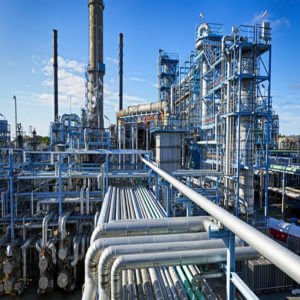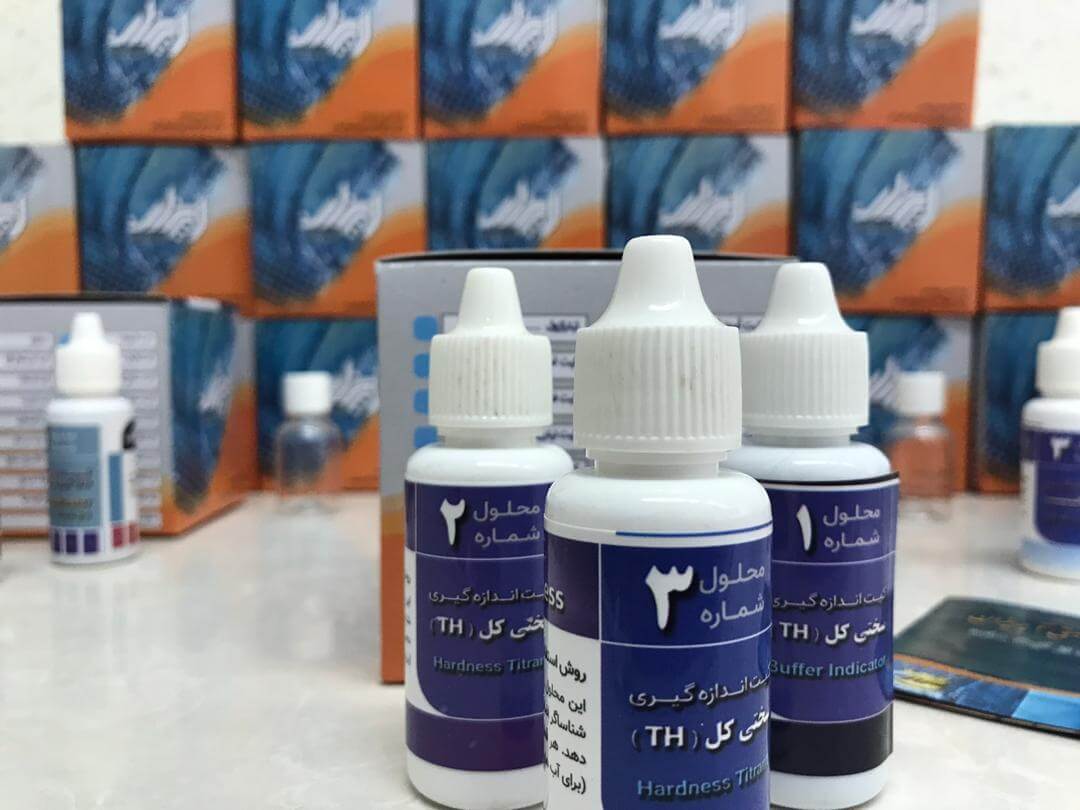

Water Systems
Like living organisms cannot exist without water, oil refineries and petrochemical plants cannot function without water too. Water is used in cooling water systems, for preparation steam, and in fire-fighting system. Petroleum products and fuels obtaining after distillation and different catalytic and cracking processes should be chilled. Water is the best media for this.
Different water sources bring numerous corrosion problems which need careful attention and treatment. In spite of more narrow range of conditions of water use (10–40 °C and 4–5 bar) than crude oil and petroleum products, all known corrosion phenomena take place with equipment contacting water. On the one hand, theory of metal corrosion in water is known well and broad spectrum of anti-corrosion actions exists and can be applied. On the other hand, there are so many factors, mainly diverse physicochemical compositions of waters and their changes, which influence corrosion of metals in water that make prediction of corrosion difficult.
.
Sometimes fire-fighting pipelines are filled with potable water treated by biocides. Water does not flow in such pipelines and is present under stagnation during long time. In spite of preliminary chlorination of potable water severe MIC (mostly by iron-bacteria) can occur up to through-holes in pipe wall with thickness 6 mm after 2–3 years of service. Such cases are a long way from safety because the absence of water pressure in fire-fighting pipeline during the fire at oil refinery can result in catastrophe.
The corrosion rate of carbon steel in the majority of aqueous media decreases with time because of formation of corrosion products on the surface (similar to atmospheric corrosion). The main problems in water systems are corrosion, scaling, and biofouling. The latter in most cases results in MIC.
Nearly all cooling water systems are treated by chemicals which include corrosion inhibitors, biocides, and anti-scaling agents. Protective coatings and sacrificial anodes are used for corrosion control of inner surfaces of heat exchangers contacting cooling water. Their efficiency is checked every 4–5 years during shutdown. Sometimes designers do not take into consideration all technological parameters when they select coatings. For instance, cooling water temperature usually ranges in 30–35 °C. However, steam at 200 °C is supplied several hours in many heat exchangers to wash inner surface from hydrocarbons before dismantle during shutdown. Most water resistant coatings are not resistant to such high temperature, are destroyed and should be repaired. Sacrificial anodes mounted inside of heat exchangers also do not always serve effectively because of incorrect taking into account electroconductivity of water, especially if water condensate is mixed with hydrocarbons. Corrosion monitoring should be applied in all water systems.
Reference: Corrosion Problems and Solutions in Oil Refining and Petrochemical Industry. Adrian V. Gheorghe, Old Dominion University, Norfolk, VA, USA. Paraphrase by Franklin P. Jones (1908–1980), an American journalist



